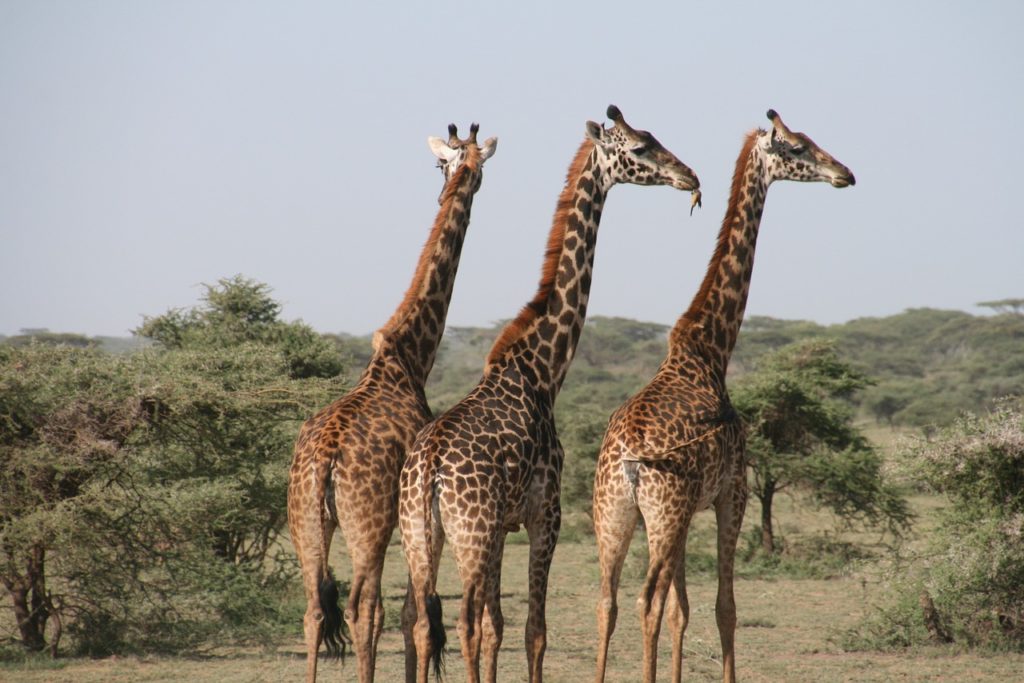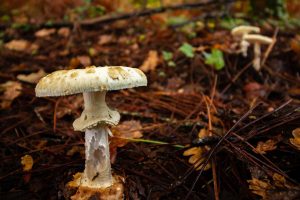This week marked World Wildlife Day. On March 3 in 1973, the Convention on International Trade in Endangered Species of Wild Fauna and Flora (CITES) was signed. Now, March 3 celebrates and raises awareness of the world’s wild animals and plants.
However, we live in a world where humans are encroaching on the wilderness through urbanisation, animal agriculture and animal tourism. As natural habitats deplete, wild animal and plant populations become more vulnerable to extinction. Our natural world needs our help urgently, now more than ever.

We also need to look out for the species of wild animals that are kept in captivity, or in a cycle of animal abuse. As humans, we need to look at how we treat animals and how we can break the cycle of animal slavery and exploitation. At an individual level, we can help animals with a ‘get wild’ mindset. So, what does this mean, exactly? Getting wild means we can think in terms of keeping wild animals wild in order to save animals in our immediate habitats and those habitats further afield when we travel.
Say no to zoos and enclosures
Zoos are the least natural environment for wild animals. If you think about it, animals in captivity don’t have the freedom to roam in sufficient space. If wild animals don’t have the freedom to roam, they are limited to the natural behaviours they can exhibit. Wild animals can’t hunt with freedom, find a mate with freedom and bear offspring with freedom. Think about the psychological effects that a captive environment can have on a wild animal.
Zoos only breed a life of misery for animals caught up in the business of zoos. Alternatively, get wild instead. Find reputable national parks and wildlife areas where you view wild animals in their natural habitats, instead. You can be assured that wild animals are living their best lives without the limitations and abuse that zoos can inflict on these beings.

Be sceptical when humans are ‘hands-on’
If an animal experience involves humans, then there is reason to be sceptical. For example, wildlife parks, circuses and ‘worlds’ where wild animals are trained to perform tricks are hotbeds for animal abuse. If a wild animal is bred for the sole purpose to entertain people, then you have to question what is involved here. Pain, neglect, stress and shorter lifespans are just some of the side effects of keeping wild animals captive for human entertainment.
In addition, wild animals can be separated from their family members or immediate communities. Such mistreatment almost always involves cages, pools and chains which are not natural for wild animals.
Again, get wild by seeking those experiences where you can view wild animals in their natural environment without getting hands-on.

If in doubt, avoid animal tourism altogether
Tourism is another multi-million dollar industry where animals fall victim to commercial practices. Do your research thoroughly before you book your next trip and ask travel providers the hard questions about the animal experiences involved. How are the animals treated? What conditions do they live in? How is ethical treatment defined by the provider? Is animal handling involved? Does a provider encourage photos with animals? Furthermore, you need to ensure that animal rides are not involved.
Trust your gut and avoid animal tourism altogether if you can’t get the answers you want. Instead, get wild and turn to the natural environment for animal experiences with reputable guides and ethical practices that serve for the wellbeing of animals.




